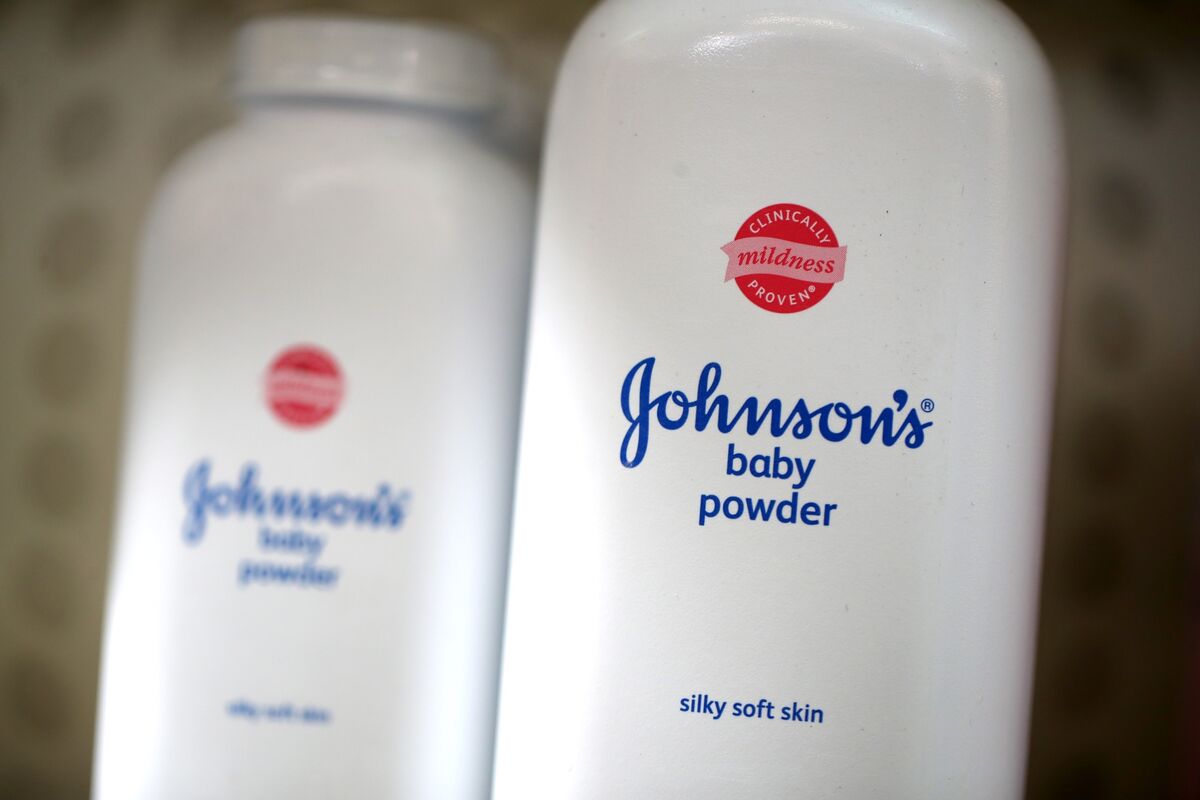
### US Department of Justice Moves to Hinder Johnson & Johnson’s Bankruptcy Strategy for Talc Cancer Lawsuits
The U.S. Department of Justice (DoJ) has taken significant steps to impede Johnson & Johnson’s (J&J) recent bankruptcy strategy designed to address a multitude of ongoing legal claims. Plaintiffs involved in these lawsuits assert that J&J’s talc-based products, chiefly baby powder, have resulted in serious health issues, including various cancers such as ovarian cancer and mesothelioma as a result of asbestos contamination.
#### J&J’s Efforts to Address Lawsuits via Bankruptcy
In September, Johnson & Johnson revealed that about 83% of current claimants had consented to a plan intended to settle the lawsuits through the bankruptcy framework. This effort was based on utilizing J&J’s subsidiary, Red River Talc LLC, to deal with both existing and future claims. Red River Talc was specifically established to file for Chapter 11 bankruptcy—a maneuver commonly referred to as the “Texas two-step” bankruptcy strategy.
According to U.S. law, a minimum of 75% of claimants must approve such a plan, and J&J exceeded this requirement with considerable support from the plaintiffs. The company’s strategy proposed that this prepackaged bankruptcy would protect J&J from direct legal responsibility by routing its talc-related liabilities into Red River, which would possess limited assets and a capped fund for claimants, a system that the firm contends would guarantee fair and efficient compensation.
Nonetheless, this strategy has encountered substantial legal challenges. The approach effectively permits large, financially robust corporations to segregate their liabilities within a subsidiary, thereby escaping the full financial repercussions of these lawsuits, while also keeping the parent company from filing for bankruptcy itself.
#### DoJ’s US Trustee Program Opposes J&J’s Plan
On October 21st, the DoJ’s US Trustee Program, responsible for overseeing bankruptcy cases, submitted a motion to dismiss J&J’s recent effort. Kevin Epstein, the U.S. Trustee assigned to investigate the matter, described the initiative as a “textbook example of bad faith.” Epstein claimed that Johnson & Johnson established Red River Talc solely to exploit bankruptcy laws in order to reduce its legal liabilities concerning its talc products, without any genuine economic justification for seeking bankruptcy.
“For the third consecutive year, the Johnson & Johnson Company… endeavors to utilize the bankruptcy process to shield itself from billions of dollars in personal injury liability while not actually subjecting itself to bankruptcy,” Epstein commented in his filing. He highlighted the questionable rationale behind creating Red River Talc exclusively as a “bankruptcy vehicle,” rather than for valid business reasons, such as restructuring or avoiding insolvency.
The DoJ’s motion also pointed to a recent ruling from the U.S. Supreme Court, which in June 2023 invalidated a similar bankruptcy strategy employed by Purdue Pharma. Purdue’s failed attempt at bankruptcy sought to settle thousands of opioid-related lawsuits without exposing the company and its stakeholders to full legal accountability. The court’s dismissal of Purdue’s strategy in light of the national opioid crisis set a precedent relevant to the J&J case, strengthening the argument that corporations cannot misappropriate bankruptcy laws to dodge responsibility.
#### Background of the Talc Lawsuits
The litigation against J&J has been increasing over the last ten years, alleging that the company’s widely-used talc products contained asbestos, a recognized carcinogen. Plaintiffs contend that repeated exposure to these talc products, especially the well-known Johnson’s Baby Powder, resulted in severe illnesses, including ovarian cancer and mesothelioma.
J&J has consistently denied any wrongdoing, asserting that their products are safe and vigorously contesting the allegations that asbestos was present in their talc. Nonetheless, juries have awarded significant damages to plaintiffs in individual cases, including a $2.1 billion verdict in 2020, indicating that the courts are taking these claims seriously. These payouts and ongoing lawsuits posed a financial threat to J&J, prompting the company to pursue alternative legal strategies, including bankruptcy.
#### Bankruptcy as a Shield: Reasons for DoJ Intervention
A central issue in the confrontation between J&J and the DoJ is whether employing bankruptcy to manage such liabilities is legally acceptable and ethically sound. While bankruptcy laws are crafted to provide financial relief and allow companies to reorganize, the exploitation of these protective measures by large corporations that are not under financial duress has raised concerns among regulators, plaintiffs, and consumer advocacy organizations.
The situation in the J&J case is particularly contentious since the parent company—one of the richest pharmaceutical entities in the world—is not facing any financial distress. Critics argue that this undermines the intent of bankruptcy laws, which are meant to assist struggling companies rather than serve as a mechanism for evasive corporate behavior.
According to the U.S. Trustee, J&J